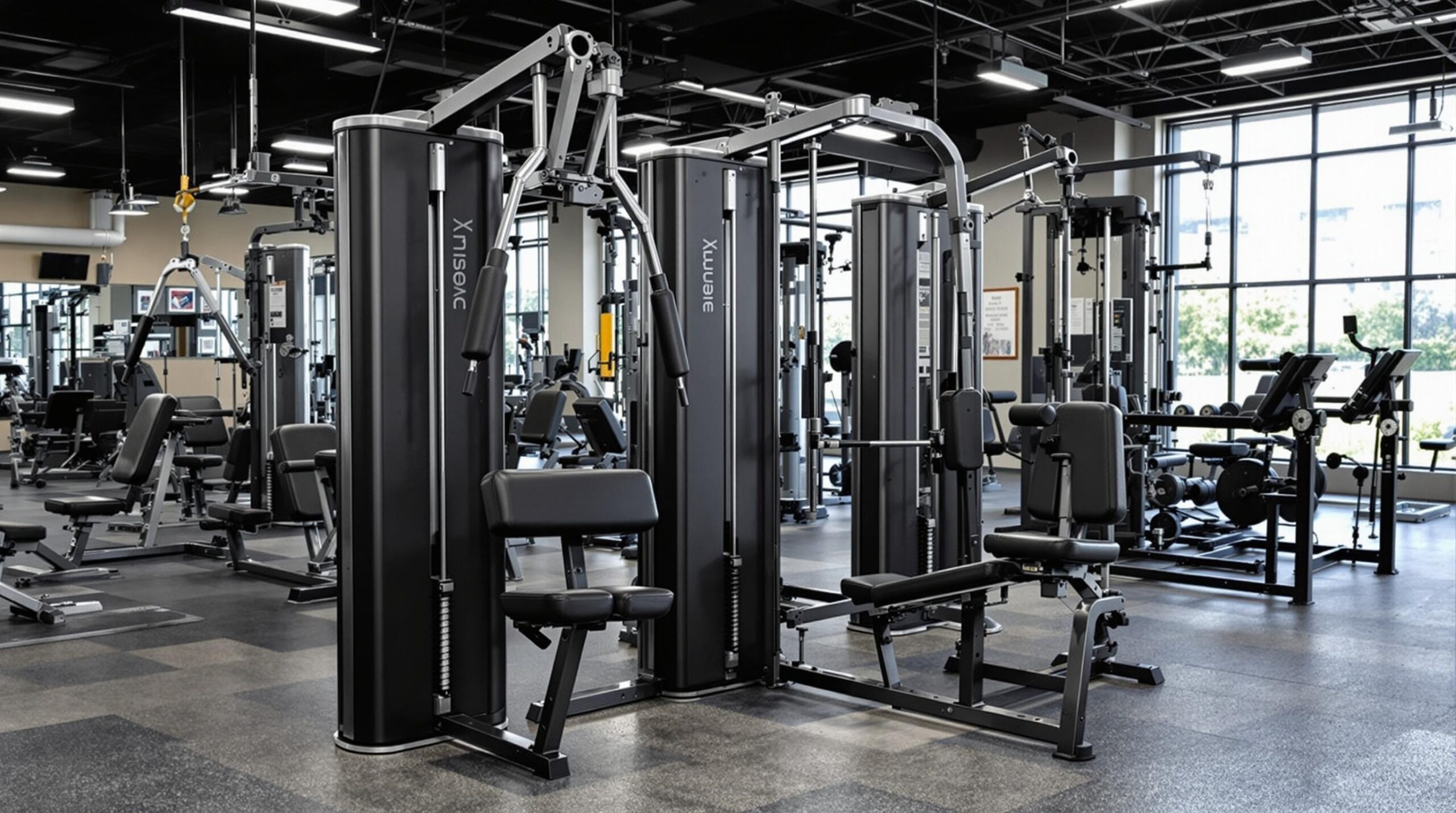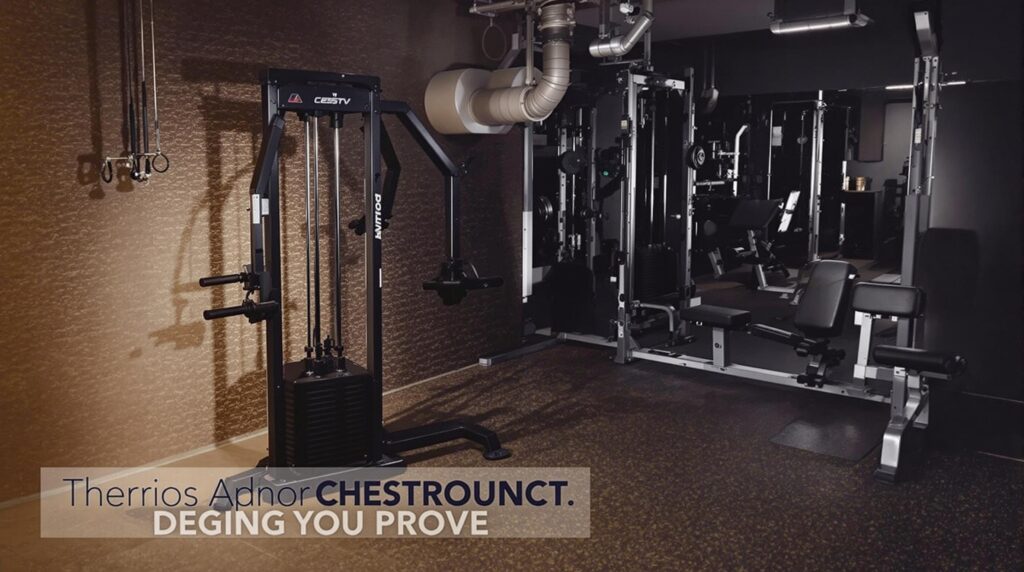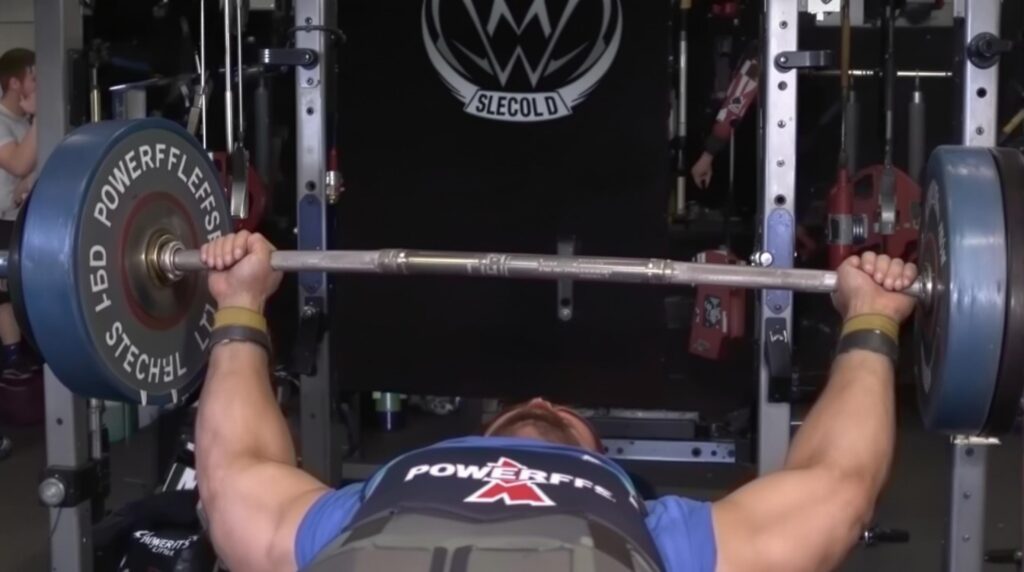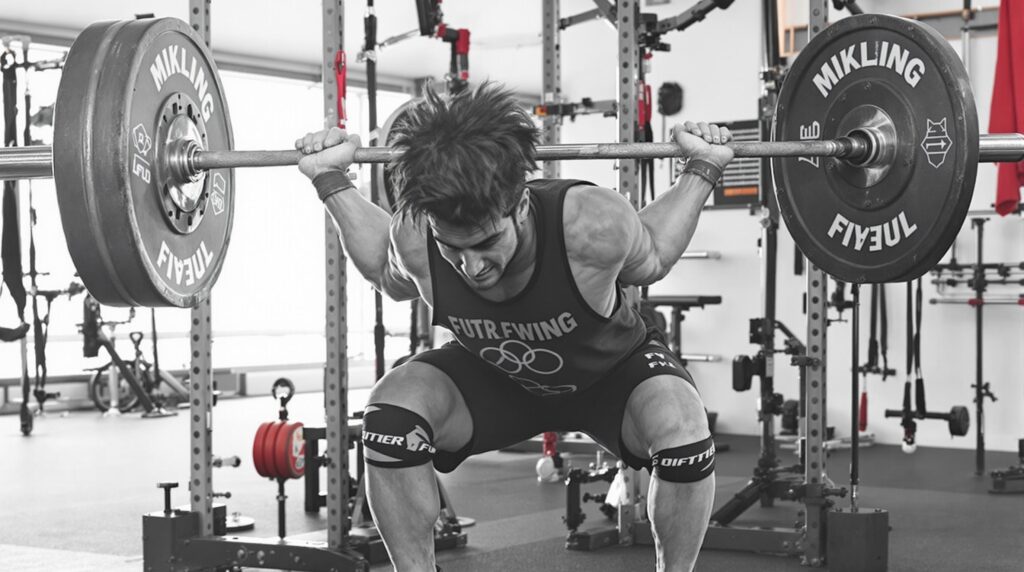Modern gym equipment offers incredible options for chest development, with specialized machines for pecs providing targeted growth and safer training alternatives compared to traditional free weights. These chest-focused machines allow for precise muscle activation while reducing injury risk, making them an essential component of any serious chest training program for both beginners and advanced lifters.
Key Takeaways
- Chest machines provide 85-90% isolated pectoral engagement with controlled resistance patterns and reduced injury risk
- Plate-loaded machines like the Panatta Super Horizontal Press deliver 92% of barbell bench press EMG activity while offering safer movement patterns
- Incline machines target upper chest development with 20-25% increased activation compared to flat bench movements
- Advanced techniques like dropsets on pec deck machines can elevate metabolic stress by 15-30% for enhanced muscle growth
- Optimal programming combines 4-6 sets of 6-12 reps across multiple machines with proper rest periods
The Value of Chest Machines for Targeted Development
Chest machines have evolved significantly, now offering targeted muscle activation comparable to free weights while providing enhanced safety features. Unlike barbells or dumbbells that require significant stabilization, machines for pecs guide your movement through fixed paths, allowing you to focus purely on chest activation rather than balance.
The controlled resistance patterns of modern chest equipment helps prevent common injuries associated with free weight training. These machines create consistent tension throughout the entire range of motion, a feature that’s difficult to achieve with traditional weights. For beginners, this means safer learning, while advanced lifters can push to failure without spotter concerns.
Studies show that properly designed chest machines can achieve 85-90% isolated pectoral engagement, making them valuable tools for hypertrophy training. I’ve found that incorporating machine work alongside free weights leads to more complete chest development by targeting muscle fibers from multiple angles and resistance profiles.

Top Plate-Loaded Machines for Massive Chest Development
Plate-loaded chest machines represent the gold standard for serious chest development, combining the free weight loading capacity with guided movement patterns. The Panatta Super Horizontal Press leads this category with its biomechanically efficient design, producing 92% of the EMG activity seen in barbell bench press according to Barbells Abroad.
The Hammer Strength Iso-Lateral Press has become a gym staple for good reason. Its independent arm design helps reduce strength imbalances by 40-60% while maintaining a high correlation (0.89) to barbell bench press performance. This makes it particularly valuable for athletes recovering from injuries or working to correct muscular asymmetries.
Multi-Grip Chest Press machines offer versatility through various hand positions. The neutral grip option increases sternal fiber activation by 18% compared to traditional pronated grips, making it excellent for targeting the mid-chest region. These machines typically feature 5 grip positions to work the chest from multiple angles.
For optimal results with plate-loaded systems, I recommend implementing a 5% weekly weight increase for progressive overload. This approach balances meaningful strength gains with sustainable progression that won’t compromise form or safety.
Selectorized Machines: Efficient Training with Precise Resistance
Selectorized chest machines offer convenience and precise loading through simple pin adjustments. The Body-Solid Pro Clubline Series II Chest Press stands out with its 12% more constant tension compared to free weights, as highlighted by Strength Warehouse USA.
The Pec Deck Fly Machine delivers exceptional chest isolation, achieving 120% maximum voluntary contraction at 45° shoulder extension. This makes it particularly effective for developing that mind-muscle connection and creating the defined separation between pectoral muscle fibers that many physique athletes seek.
Cable Crossover Systems provide unmatched versatility with their adjustable pulley heights. These machines achieve 85% peak activation compared to dumbbell flyes while allowing for greater range of motion customization. Most modern cable stations feature 6 adjustable height settings to target specific chest regions.
When programming with selectorized machines, aim for 4 sets of 8-12 repetitions with a 2:1 eccentric-to-concentric tempo ratio. This approach maximizes time under tension and muscle fiber recruitment. The built-in safety features of these machines make them ideal for training to failure, as they include spotter arms that accommodate failure even at 85% of your one-rep max.
Targeting Upper Chest: Incline Machines and Variations
Developing the upper chest requires specialized equipment with proper angles. Optimal incline settings fall between 30-45 degrees, which effectively targets the upper clavicular fibers while minimizing front deltoid takeover. This angle specification is crucial as anything steeper shifts focus away from the chest.
The Incline Chest Press Machine provides remarkable strength carryover, with studies showing a 9% increase in barbell incline press one-rep max after 8 weeks of consistent machine training. This transfer effect makes it valuable for both bodybuilders and strength athletes looking to improve their pressing performance.
Grip width significantly impacts muscle activation on incline machines. Research suggests that a grip width of 1.5 times your biacromial distance (shoulder width) reduces triceps involvement by 30%, allowing for more focused chest recruitment. This technical detail often goes overlooked but makes a substantial difference in training effectiveness.
The enhanced upper chest activation—20-25% increased compared to flat bench movements—makes incline machines essential for balanced chest development. For complete pectoral development, combine incline work with flat and decline angles in your training routine.
Smith Machine and Chest-Supported Options for Maximum Control
The Smith Machine offers a unique advantage for chest training through its 2D guided bar path, which reduces stabilizer demand by 45% compared to free weight alternatives. This allows for 20-30% heavier loading potential, as noted by Garage Gym Reviews, making it excellent for overloading the chest muscles.
Proper positioning on the Smith Machine is critical. Placing the bench 6-8 inches forward of the bar path apex ensures optimal mid-chest emphasis. This slight adjustment makes a significant difference in chest fiber recruitment and reduces shoulder strain during pressing movements.
Chest-Supported Press Machines deliver impressive spinal protection by reducing lumbar force by 85% compared to standing presses. This makes them ideal for those with back concerns or anyone looking to isolate chest work without compromising spinal health. The stability provided allows for focused pectoral work with minimal auxiliary muscle interference.
These machines achieve remarkable pectoral isolation—95% with 15° shoulder elevation—making them perfect for high-intensity techniques and training to failure. The controlled environment allows you to safely push beyond your normal limits while maintaining proper biomechanics.
Advanced Chest Machine Techniques for Hypertrophy
Dropset protocols on machines provide exceptional stimulus for muscle growth. Start at 85% of your one-rep max on the Pec Deck, then perform 3-4 consecutive drops without rest. This technique extends time under tension and exhausts multiple fiber types for comprehensive growth stimulus.
Implementing dropsets on cable crossovers elevates metabolic stress by 15-30%, creating the burning sensation that signals powerful growth-promoting mechanisms within the muscle tissue. The adjustable nature of cables makes them perfect for quick weight changes required in dropset training.
Time under tension techniques become remarkably effective on machines. Incorporating 3-second holds at 90° flexion increases metabolite accumulation by 37%, enhancing the anabolic environment. This approach is particularly effective for breaking through plateaus when traditional pressing methods stall.
Rest-pause methods on selectorized machines allow for intensity without compromising form. The controlled movement paths ensure safety even when pushing to muscular failure. Allow 72 hours between high-intensity machine sessions to ensure adequate recovery, as these advanced techniques create significant muscle damage that requires proper rebuilding time.
The Future of Chest Training: Adaptive Resistance Technology
AI-driven resistance machines like Tonal and Speediance represent the cutting edge of chest training technology. These systems automatically regulate load based on velocity loss, ensuring optimal resistance throughout every repetition of your workout. This adaptive approach prevents both under-training and overtraining scenarios.
Real-time form feedback from these advanced machines reduces injury risk by 30%, making them particularly valuable for those learning proper movement patterns. The immediate visual and tactile feedback helps correct technique flaws that might otherwise go unnoticed in traditional training.
Perhaps the most impressive feature is the eccentric overload capability—up to 150% of concentric strength—which targets the muscle-building potential of negative repetitions. Research consistently shows that eccentric-focused training produces superior hypertrophy results compared to conventional methods.
Current limitations include maximum resistance capacity below 400 pounds, making these systems less suitable for elite strength athletes. However, for most recreational lifters and bodybuilders, the intelligent loading parameters and feedback mechanisms provide advantages that outweigh the absolute load limitations.
Expert Programming: Optimized Machine-Based Chest Workouts
A complete chest development program begins with a Foundation Phase (Weeks 1-4) emphasizing technical proficiency and base building. During this period, train chest twice weekly with 8-10 total sets at 70-75% of your one-rep max, focusing on controlled repetitions rather than maximum weight.
Progress to the Intensification Phase (Weeks 5-8) where you’ll incorporate dropsets and rest-pause methods using 85-90% of your one-rep max for 3-5 repetitions. This phase drives significant strength gains while preparing the body for the metabolic challenge to come.
The Metabolite Accumulation Phase (Weeks 9-12) shifts to higher repetition ranges (15-30) with sustained time under tension (45-60 seconds per set). This approach floods the muscle with metabolites that drive cellular swelling and maximize hypertrophic adaptations.
For optimal results, structure each chest session with 4-6 sets of 6-12 repetitions across 2-3 different machines, allowing 2-3 minutes between sets. Rotate between machine types every 4-6 weeks to prevent adaptation plateaus and ensure continued development. This systematic approach al



